| Had this book appeared a few years earlier, the introduction would have focused on the question of whether or not there really was a "Mafia." In previous decades there had been a multi-pronged drive to deny the existence not only of the Mafia, but also, in some cases, of organized crime. Italian-American groups denied the existence of the Mafia. J. Edgar Hoover and many other law officials did the same, and so did a number of scholars. Naturally, the mafiosi agreed with them. But by late 1986 such arguments had all but ceased. Lawyers for leading mafiosi, brought to trial for being bosses of organized crime, went before juries and conceded that the Mafia did exist and that their clients might even have been members of it. |
| Ethnic Italian Americans and others have since changed their position. Rather than deny the existence of the Mafia, they argue instead that organized crime is bigger than the Mafia and that by focusing on the Mafia alone, the government and writers on the subject perpetuate anti-Italian sentiment. Certainly bigotry has in the past been a motive in the exposure of the Mafia. There can be little doubt that many politicians since the days of the unsavory New Orleans mayor Joseph A. Shakespeare in the 1890s have used fear of the Mafia and the Camorra in an attempt to undermine the growing economic and political power of Italian Americans. |
| If this is so, why then a book called The Mafia Encyclopedia? Is the glib rationale by Joe Valachi (perhaps spoon-fed to him by his prompters)"I'm not writing about Italians. I'm writing about mob guys."really a sufficient response? Of course not. The Mafia has been an integral part of organized crime since the latter's inception in the 1920s. Well then, why not The Organized Crime Encyclopedia? Not a "sexy" enough title? That would be a valid observation except for the inescapable truth, contrary to the long-held views of the few sociologist-scholars who have ventured into studying the field, that the Mafia is not withering away in the face of something called ''ethnic succession in organized crime." Within syndicated crime, the ethnic balance has actually shifted more than ever to the Mafia. |
| Most crime, save for white-collar crime, springs from ethnic situations, determined almost completely by which ethnics occupy the ghetto, itself generally subdivided into smaller ethnic areas. There is an ethnic succession in the ghettoand an ethnic succession in crime. And for this reason any study of crime of necessity becomes an ethnic study. Thus the great criminals of 19th-century America were the Irish. Until the 1880s or '90s almost all the great criminal street gangs were Irish. And the WASP fear of being a crime victimbeing mugged, perhaps having one's eyes gouged out, or murderedwas a reflection of the "Irish menace." |
| In time, as the Irish vacated the worst ghettos, their experience in crime was to be repeated by ethnic newcomers, the Jews and Italians, who, over a period of decades savaged most of the remaining organized Irish gangs and gained dominance. Then, street-crime activities by Jews and Italians dropped when they too vacated many of their ghettos as they gained affluence. Taking their place in the ghettos were the blacks and the Hispanics, and inexorably crime statistics took on a new ethnic flavor, determined by the new have-nots of society. |
| All such crime, however, has little to do with organized crime. That too had an origin in a sort of ethnicity, but it was an aberration of history and place. Why is the United States the |
|



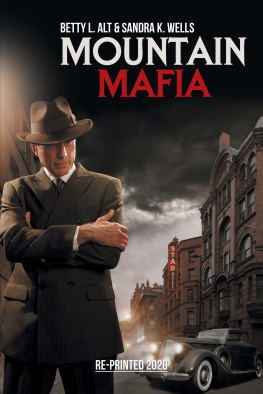
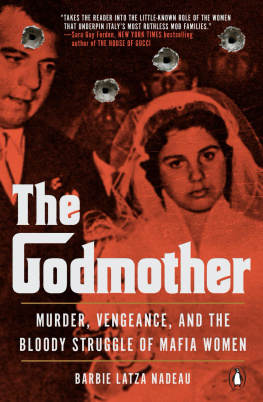
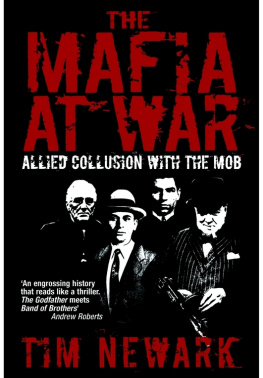


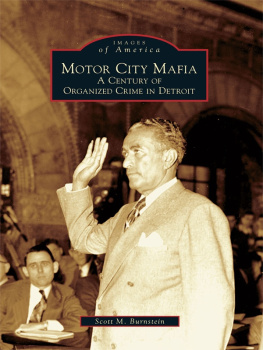

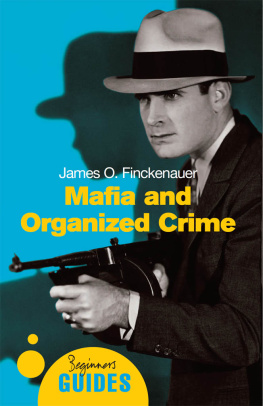

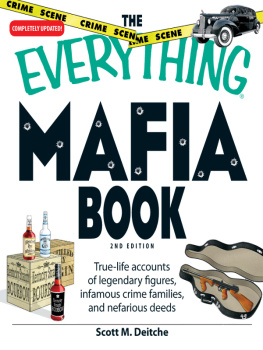


 1999
1999